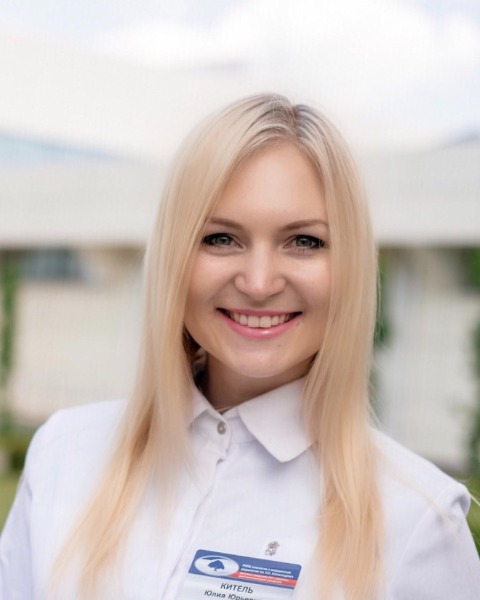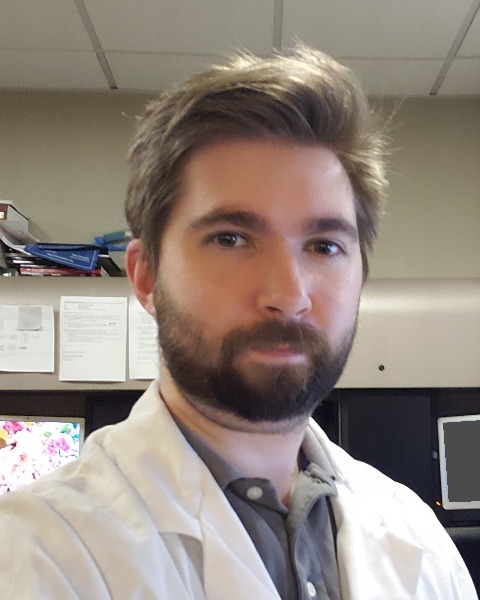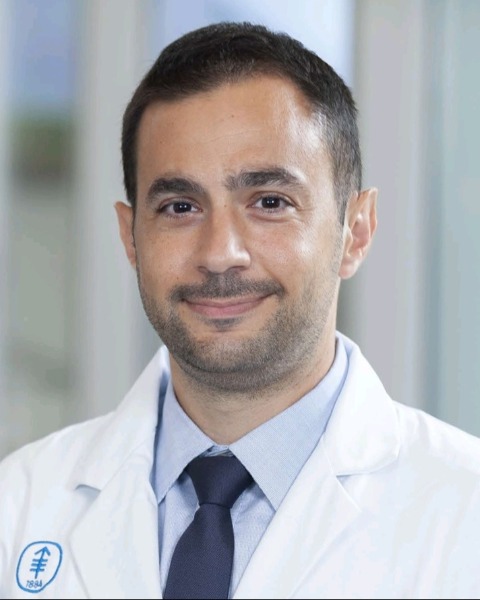Interventional Oncology
Immunological Changes in the Peripheral Blood after Yttrium-90 Radioembolization

Yuliya Kitsel, MD
Postdoctoral Research Fellow
Memorial Sloan Kettering Cancer CenterDisclosure(s): No financial relationships to disclose
- PW
Phillip Wong, n/a
Associate Lab Member
Memorial Sloan Kettering Cancer Center - TH
Travis J. Hollmann, MD, PhD
Attending
Memorial Sloan Kettering Cancer Center - EV
Efsevia Vakiani, MD
Attending
Memorial Sloan Kettering Cancer Center - MZ
Mahdi Zirakchian Zadeh, MD,MHM
SENIOR RESEARCH SCIENTIST
Memorial Sloan Kettering Cancer Center 
Henry Kunin, n/a
Clinical Research Associate
Memorial Sloan Kettering Cancer Center- EP
Elena N. Petre, MD
Senior Research Scientist
Memorial Sloan Kettering Cancer Center - AK
Assen Kirov, PhD
Attending
Memorial Sloan Kettering Cancer Center - JE
Joseph P. Erinjeri, MD PhD
Attending
Memorial Sloan Kettering Cancer Center 
Vlasios S. Sotirchos, MD
Assistant Attending
Memorial Sloan Kettering Cancer Center.jpg)
Constantinos T. Sofocleous, MD PhD
Professor IR
Weill Cornell Medical College Memorial Sloan-Kettering Cancer Center
Presenting Author(s)
Author/Co-author(s)
The purpose of this study is to investigate the levels of circulating peripheral blood cytokines after yttrium-90 (Y90) transarterial radioembolization (TARE) of colorectal cancer liver metastases (CLM) using a range of radiation doses.
Materials and Methods:
Peripheral blood samples were collected from 7 patients immediately prior to (Pre), immediately after (T0), 3 weeks after (T3), and 6 weeks (T6) after TARE. The plasma samples were assessed using the Meso Scale Discovery multiplex cytokine immunoassay platform to calculate the levels of IFN-g (secreted in response to antigen, increases MHC expression and antigen presentation by all cells), TNF-a (activates endothelium, causes WBC recruitment, vascular leak), IL-1b (causes fever, acute inflammation, activates endothelium to express adhesion molecules, induces chemokine secretion to recruit WBCs), IL-2 (stimulates growth of helper, cytotoxic, and regulatory T cells, and NK cells), IL-4 (induces differentiation of T cells into Th2 cells, promotes growth of B cells, enhances class switching to IgE and IgG), IL-6 (causes fever and stimulates production of acute-phase proteins), IL-8 (major chemotactic factor for neutrophils), IL-10 (inhibits dendritic cells and activated macrophages, decreases expression of MHC class 2), IL-12p (induces differentiation of T cells into Th1 cells, activates NK cells), and IL-13 (promotes IgE production by B cells, induces alternative macrophage activation).
Results:
Decreased IFN-g was recorded in peripheral blood samples at T0 in all patients and increased by 280 times at T3 and T6 post TARE. IL-10 was decreased at T3 by an average of 54%. In 6 of the 7 patients, we noticed increased IL-8 after TARE. 3 of these 7 patients received high average local deposition doses (917.2 Gy, 1772 Gy, and 1768 Gy) for radiation segmentectomy without increased acute inflammatory cytokines (IL-1b, IL-6, TNF-a).
Conclusion:
IFN-g, IL-8 and IL-10 showed the most pronounced changes after Y90 TARE of CLM. In this small group no linear relationship between Y90 dose and humoral immune response was observed.

.jpg)
.jpg)
.png)
.png)
.png)
.jpg)
.png)
.png)
.png)